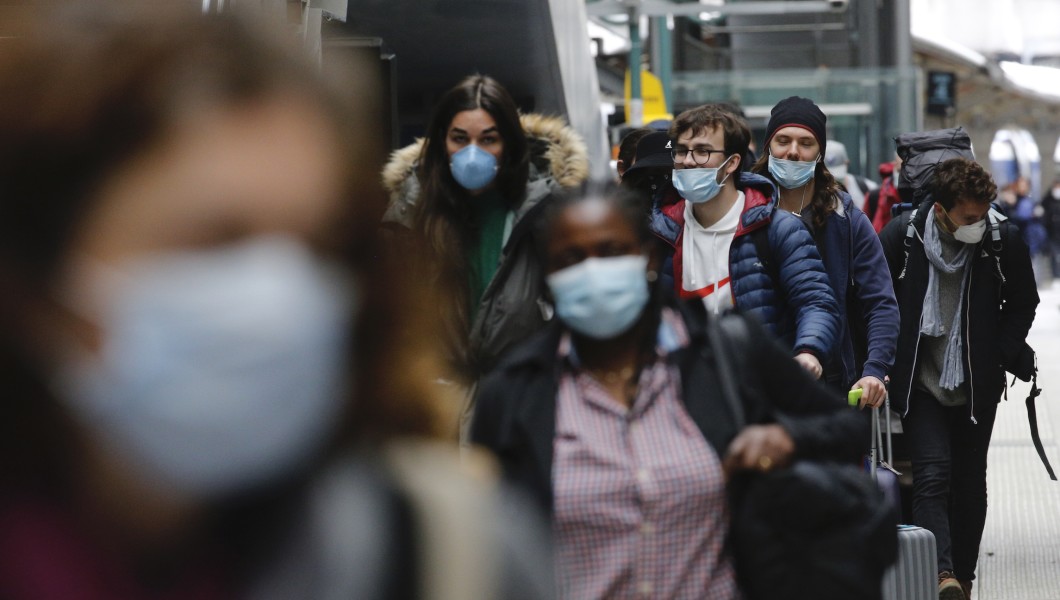By: Timothy P. Carney – washingtonexaminer.com – July 01, 2020
It can seem like we’re experiencing a second wave of the coronavirus, but there’s a lot of conflicting data. Case counts are rising, but some of that is due to testing. Importantly, deaths are not rising. And then some of the charts you see play games with the x-axis.
So, what’s really going on? Below are some charts that together tell a story something like this: America is too big a country to consider as a single pool of cases, hospitalizations, or deaths. There never was a nationwide outbreak of the virus, although the media based in the Acela corridor spoke as if there were one. There’s not really a second wave now nationwide.
What happened is that some parts of America, mostly the New York City area and Detroit, had horrific outbreaks in March, and they are now tapering off. Today, a few other parts that had mostly avoided the virus — Florida, Texas, and Arizona — are finally seeing an increase in cases.
If you layer the regions on top of one another, it looks like a second wave. But if you separate them out, it looks like different places are getting hit at different times.
I’ve chosen to count hospitalizations because the case count is too dependent on testing and the death-count can be a lagging indicator. Here are the charts. I’ve given them all the same y-axis so you can see the relative size of the ups and downs.
First, here is a perhaps-familiar chart of the national hospitalization numbers that look like America had a wave that faded and a second wave coming now.

(WEX/Tim Carney)
But divide the country into six regions, and you see something very different. Most of that “nationwide” spike in March and April was really a New York/New Jersey spike. That spike has since dissipated.

(WEX/Tim Carney)
The Detroit area had a spike too, and that has faded away.

(WEX/Tim Carney)
New England looks like a mini-New York.

(WEX/Tim Carney)
We don’t have hospitalization numbers from Florida, unfortunately. In the rest of the South, you can see a small ramp in early spring, a steady mid-spring, and then a small ramp in the summer.

(WEX/Tim Carney)
The West is basically flat according to current numbers.

(WEX/Tim Carney)
It’s in the Southwest, which includes Texas and Arizona, that you see the clearest climb in June, but again, that’s not a second spike, it’s a first spike from a fairly low baseline.

(WEX/Tim Carney)
Add all of these regions together, and this is what you get.

(WEX/Tim Carney)
So, when you look more closely, what appeared to be two waves in the same country is more accurately described as differently timed waves in different regions.
To see this article and others from the Washington Examiner, click read more.
Source: No second wave, just a differently timed wave rippling through a huge country
 Listen Online
Listen Online Watch Online
Watch Online Find a Station in Your Area
Find a Station in Your Area










 Listen Now
Listen Now Watch Online
Watch Online
